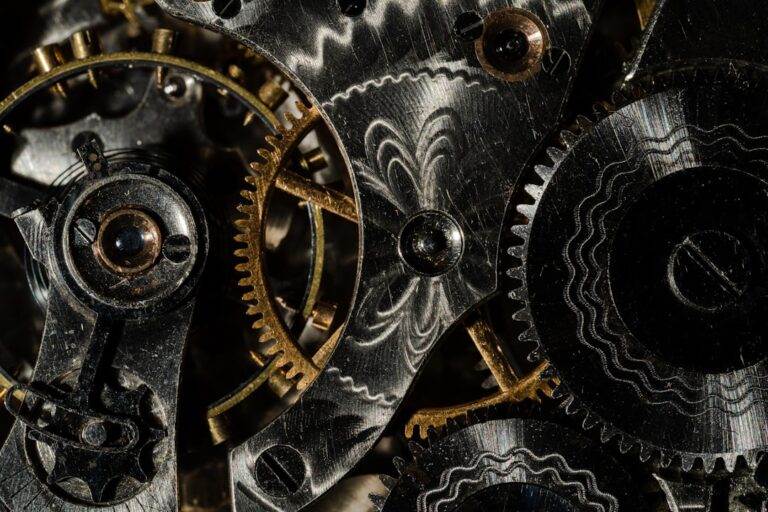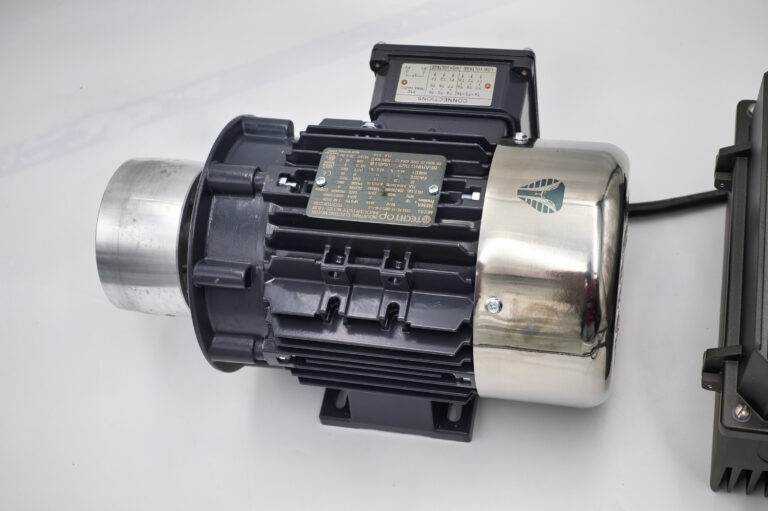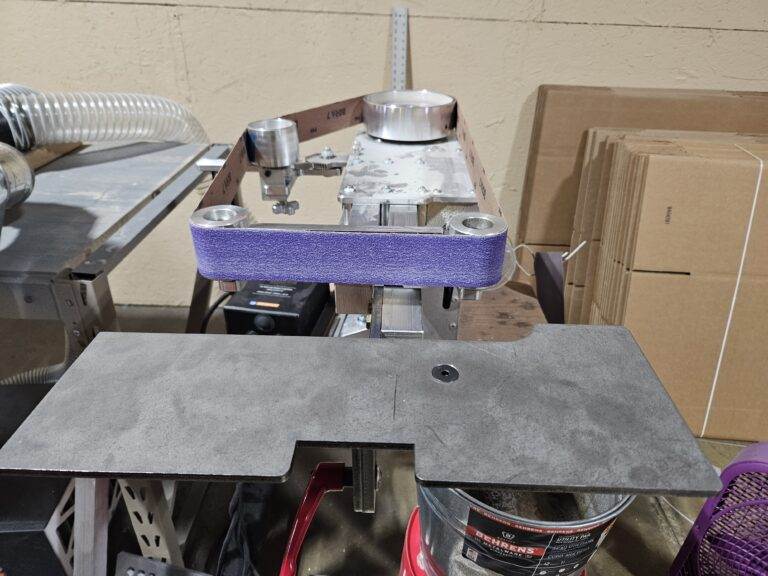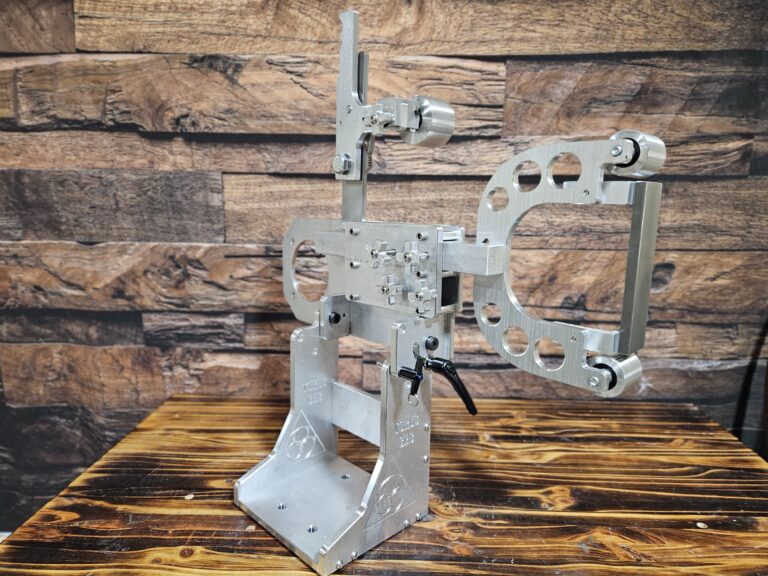The 2×72 grinder is a versatile tool that has become a staple in many workshops, particularly for those involved in metalworking, woodworking, and knife making. Its name refers to the size of the sanding belt it uses, which is 2 inches wide and 72 inches long. This configuration allows for a wide range of applications, from shaping and sharpening to polishing and finishing.
The design of the grinder typically includes a powerful motor, a robust frame, and adjustable tracking mechanisms, making it suitable for both amateur and professional craftsmen. One of the key features of the 2×72 grinder is its ability to accommodate various belt grits and materials, enabling users to tackle different tasks with ease. The grinder’s versatility is further enhanced by its adjustable speed settings, which allow for fine-tuning based on the specific requirements of a project.
Understanding how to operate and maintain this equipment is crucial for achieving optimal results. Familiarizing oneself with the components, such as the tracking system and tensioning mechanisms, can significantly improve the user experience and extend the life of the machine.
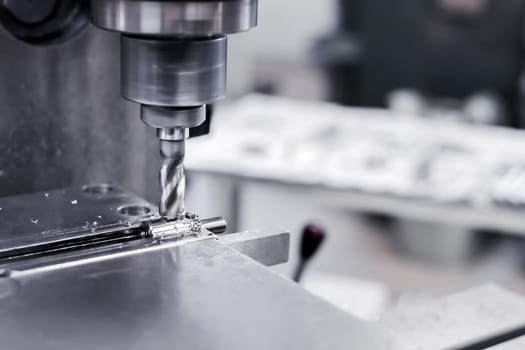
Key Takeaways
- Understanding Your 2×72 Grinder:
- Know the different parts and functions of your grinder for efficient use.
- Familiarize yourself with the speed and power settings for different tasks.
- Choosing the Right Belts for Your Project:
- Select the appropriate grit and material for the specific task at hand.
- Understand the different types of belts and their applications for optimal results.
- Customizing Your Grinder for Different Materials:
- Adjust the tension and tracking of the belt to accommodate different materials.
- Consider adding specialized attachments for specific material types.
- Enhancing Precision with Jigs and Fixtures:
- Utilize jigs and fixtures to achieve consistent and accurate results.
- Explore different types of jigs and fixtures for various grinding techniques.
- Safety Measures and Best Practices:
- Always wear appropriate safety gear, including eye protection and gloves.
- Keep the work area clean and free of clutter to prevent accidents.
Choosing the Right Belts for Your Project
Selecting the appropriate belts for your 2×72 grinder is essential for achieving the desired finish on your workpiece. Belts come in various grits, ranging from coarse to fine, each serving a specific purpose in the grinding process. Coarse belts are ideal for heavy material removal and shaping, while finer grits are better suited for polishing and finishing tasks.
Understanding the grit scale and how it correlates to your project needs will help you make informed decisions when stocking up on belts. In addition to grit size, the material composition of the belts also plays a significant role in their performance. Common materials include aluminum oxide, zirconia, and ceramic, each offering unique benefits depending on the application.
For instance, ceramic belts are known for their durability and heat resistance, making them suitable for high-speed grinding tasks. Conversely, aluminum oxide belts are more cost-effective and work well for general-purpose applications. By carefully considering both grit and material type, you can optimize your grinding process and achieve superior results.
Customizing Your Grinder for Different Materials
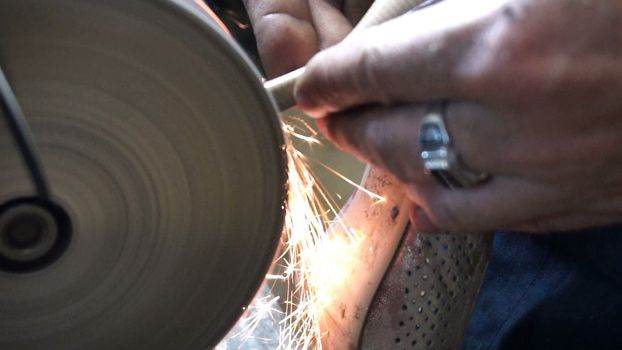
Customizing your 2×72 grinder to handle various materials can significantly enhance its functionality and versatility. Different materials, such as steel, wood, or plastic, require specific approaches to achieve optimal results. For instance, when working with metals, it may be beneficial to use a belt designed specifically for metalworking, which can provide better cutting efficiency and longer life.
On the other hand, when grinding wood, a belt with a finer grit may be more appropriate to avoid tearing or damaging the surface. Moreover, adjusting the angle of your grinder can also impact how effectively it processes different materials. For example, when sharpening knives or tools, a specific angle can be crucial for achieving the desired edge geometry.
Many grinders come equipped with adjustable tables or platforms that allow users to set precise angles for their workpieces. By taking the time to customize your grinder settings based on the material at hand, you can ensure that you are maximizing both efficiency and quality in your projects.
Enhancing Precision with Jigs and Fixtures
| Metrics | Value |
|---|---|
| Reduction in manufacturing errors | 15% |
| Improvement in product quality | 20% |
| Time saved in production process | 25% |
| Cost savings in material wastage | 30% |
Incorporating jigs and fixtures into your grinding process can greatly enhance precision and consistency in your work. Jigs are tools that help guide your workpiece during grinding, ensuring that you maintain the correct angle and pressure throughout the process. This is particularly important when working on intricate projects or when precision is paramount, such as in knife making or tool sharpening.
Fixtures serve a similar purpose but are often more permanent setups that hold your workpiece securely in place while you grind. They can be especially useful for repetitive tasks where maintaining uniformity is essential. By investing in high-quality jigs and fixtures designed specifically for use with 2×72 grinders, you can improve your workflow and achieve more accurate results.
The combination of these tools with your grinder allows for greater control over the grinding process, ultimately leading to higher-quality finished products.
Safety Measures and Best Practices
Safety should always be a top priority when operating a 2×72 grinder. The high-speed operation of these machines poses inherent risks, including potential injuries from flying debris or accidental contact with moving parts. To mitigate these risks, it is essential to wear appropriate personal protective equipment (PPE), such as safety glasses, gloves, and hearing protection.
Additionally, ensuring that your workspace is clean and free from clutter can help prevent accidents. Another important safety measure involves familiarizing yourself with the grinder’s features and controls before use. Understanding how to adjust belt tension, tracking, and speed settings can prevent mishaps during operation.
Regularly inspecting your grinder for any signs of wear or damage is also crucial; this includes checking belts for fraying or tears and ensuring that all components are securely fastened. By adhering to these best practices, you can create a safer working environment while maximizing the effectiveness of your 2×72 grinder.
Upgrading Your Grinder with Additional Accessories

Enhancing your 2×72 grinder with additional accessories can significantly expand its capabilities and improve your overall grinding experience. Various attachments are available that can transform your grinder into a multifunctional tool. For instance, adding a platen attachment allows for flat grinding surfaces that are ideal for finishing tasks or creating specific shapes on your workpieces.
Another popular accessory is the contact wheel attachment, which enables users to perform contour grinding on curved surfaces. This is particularly beneficial for knife makers who require precise shaping of blades. Additionally, incorporating a dust collection system can help maintain a clean workspace by minimizing debris generated during grinding.
By exploring these upgrades and accessories tailored for your 2×72 grinder, you can enhance its functionality and tailor it to meet your specific project needs.
Maintaining and Troubleshooting Your 2×72 Grinder
Regular maintenance is key to ensuring the longevity and performance of your 2×72 grinder. Establishing a routine that includes cleaning the machine after each use can prevent dust buildup that may affect its operation. Pay special attention to areas where debris tends to accumulate, such as around the motor and tracking mechanisms.
Keeping these components clean will help maintain optimal performance and reduce wear over time. In addition to cleaning, periodically checking for signs of wear or damage is essential for troubleshooting potential issues before they escalate. This includes inspecting belts for fraying or uneven wear patterns and ensuring that all moving parts are lubricated as needed.
If you encounter problems such as belt slippage or uneven grinding results, it may be necessary to adjust tracking settings or replace worn components. By staying proactive with maintenance and addressing issues promptly, you can keep your 2×72 grinder running smoothly for years to come.
Exploring Advanced Techniques and Applications
As you become more proficient with your 2×72 grinder, exploring advanced techniques can open up new possibilities for your projects. Techniques such as hollow grinding or flat grinding require a deeper understanding of how to manipulate the grinder’s settings effectively. Hollow grinding involves creating a concave surface on a blade edge, which can enhance cutting performance; mastering this technique requires practice and precision.
Additionally, experimenting with different belt materials and grits can lead to innovative applications beyond traditional uses. For example, using finer grits combined with specific techniques can allow for intricate detailing on wood projects or metal sculptures. The versatility of the 2×72 grinder means that as you develop your skills, you can adapt it to suit various creative endeavors.
Embracing these advanced techniques not only enhances your craftsmanship but also expands the range of projects you can undertake with confidence. In conclusion, understanding the intricacies of your 2×72 grinder is essential for maximizing its potential in various applications. From selecting the right belts to customizing settings for different materials, each aspect contributes to achieving high-quality results in your projects.
By incorporating safety measures, maintaining your equipment diligently, and exploring advanced techniques, you can elevate your craftsmanship while enjoying the benefits of this powerful tool in your workshop.
FAQs
What is a 2×72 grinder?
A 2×72 grinder is a type of belt grinder that uses a 2-inch by 72-inch belt for grinding, shaping, and polishing metal and other materials. It is commonly used by knife makers and metalworkers for various fabrication and finishing tasks.
How can a 2×72 grinder be used to expand offerings?
A 2×72 grinder can be used to create custom handles, guards, and other components for knives and other metalwork projects. By utilizing different attachments and techniques, metalworkers can expand their product offerings and provide custom solutions to their customers.
What are the benefits of using a 2×72 grinder for custom work?
Using a 2×72 grinder for custom work allows for precise shaping, profiling, and finishing of metal components. It offers versatility in terms of materials that can be worked on and provides the ability to create unique, one-of-a-kind pieces for customers.
What are some safety considerations when using a 2×72 grinder for custom work?
Safety considerations when using a 2×72 grinder include wearing appropriate personal protective equipment such as safety glasses, gloves, and hearing protection. It is also important to ensure that the grinder is properly secured and that the workpiece is held securely to prevent accidents.
Can a 2×72 grinder be used for other applications besides custom handles and guards?
Yes, a 2×72 grinder can be used for a wide range of applications including but not limited to metal shaping, sharpening, and polishing. It is a versatile tool that can be adapted for various metalworking tasks.


